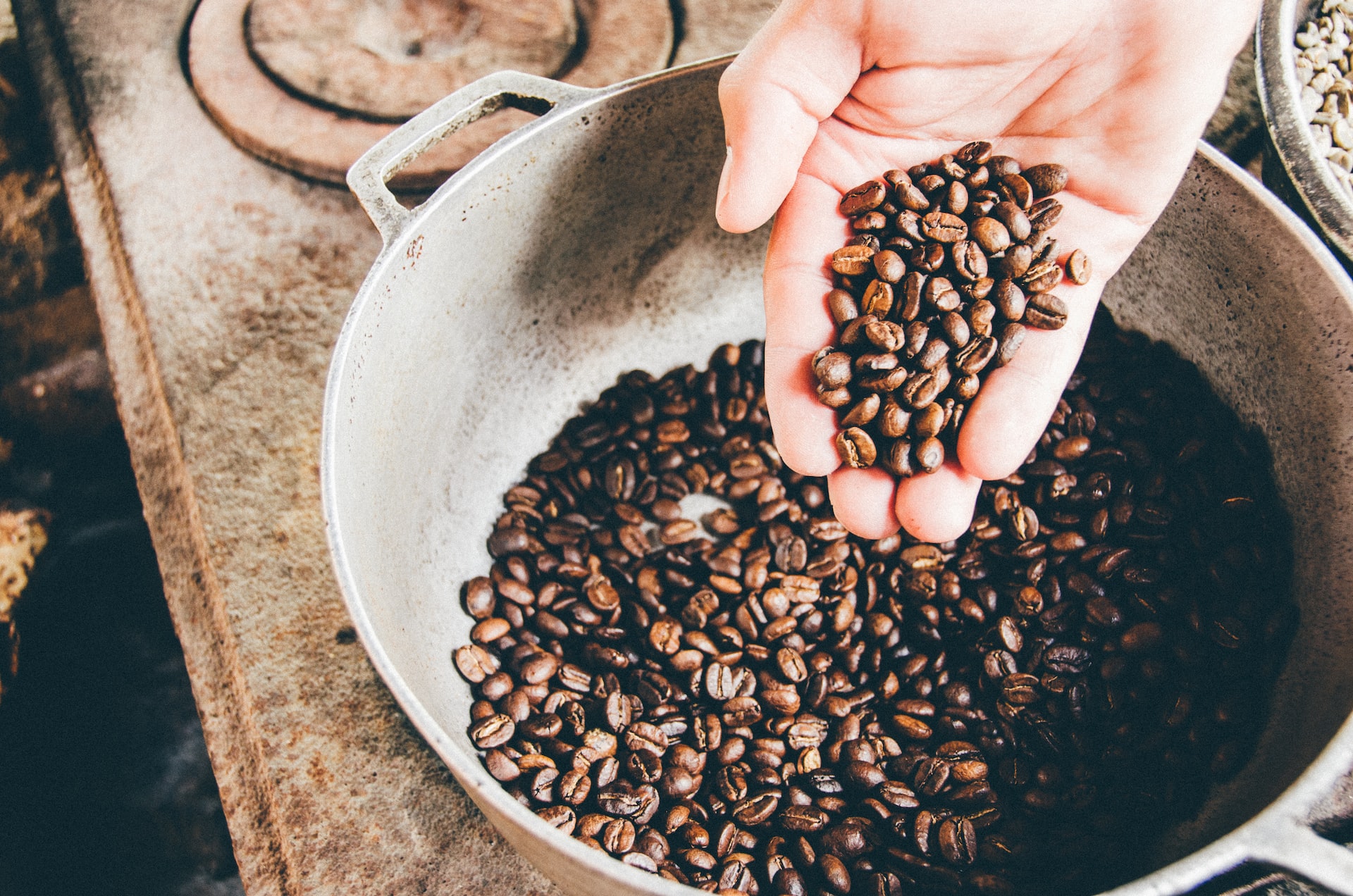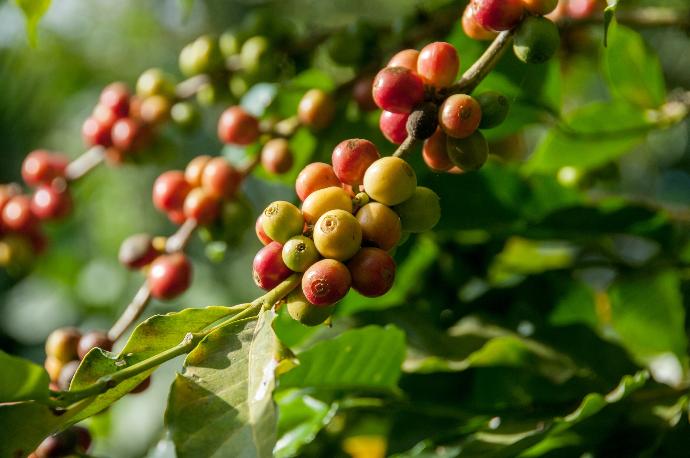Discover the Rich History and Quality of Costa Rica Coffee Beans. Learn
about Sustainable Practices, Coffee Cultivation Regions, and Brewing
Techniques for the Perfect Cup. Join Solai Coffee for Monthly Supplies
of Delight!
Costa Rican Coffee
Did you know Costa Rica Coffee is the main cash crop and one of the major exports in the country? Costa Rica Coffee thus plays a significant role in their development and economy. The country exports 90% of its coffee yearly, contributing only 1% globally to coffee demand. About 10% of Costa Rica’s population depends on coffee production.
The accessibility of cheap labor promotes the high production of coffee in Costa Rica. The Costa Rica location is pleasantly suitable for good-quality coffee growth.
Enjoy a true sense of delight in every sip of Solai Coffee beans.
The History of Costa Rican Coffee
Coffee cultivation in Costa Rica dates back to the 18th century. Initially, coffee production and exports were managed by government authorities, which elevated marketing operations to both South America and Central American regions. The revenue generated from the cultivation of Costa Rica coffee beans surpassed the income realized from other cash crops such as sugar, tobacco, and cacao within a short period.
To promote the production of coffee in the country, the government provided free land to farmers in the 19th century. In 1989, the government of Costa Rica declared the planting of Robusta coffee illegal. The aim of passing this law was to put the country in a position to produce Arabica coffee only, known as the most exceptional coffee bean. It was until 2018 that the government changed the law due to the hardships faced by the farmers. However, Arabica continues to dominate in Costa Rica.
 Roasted Costa Rican Arabica coffee beans in a grey steel pan
Roasted Costa Rican Arabica coffee beans in a grey steel pan
Production of Coffee in Costa Rica
Costa Rica's coffee commerce makes it the 15th largest global coffee producer. Supported by Nicaraguan immigrants, the aromatic nectar flows with affordability and scientific mastery from Instituto del Café de Costa Rica. Thanks to the research institute, per Globalexchange.org, about 45,000 farmers are registered with cooperatives involved with fair trade organizations and as a result, enjoy improved living standards, crop diversification, and environmental sustainability, among other empowering projects.
 Close-up Image of a Costa Rican coffee tree with green and ripe coffee berries
Close-up Image of a Costa Rican coffee tree with green and ripe coffee berries
Coffee Growing Areas and Climate in Costa Rica
Costa Rica has eight major coffee-growing regions, each generating distinct flavors and characteristics of coffee. These zones experience climates that are excellent for the thriving of coffee. The soils are volcanic, moderately acidic, and very fertile in such areas. Higher elevations, especially those between 1,200 and 1,700 meters, have cooler and pleasantly suitable climates for the growth of high-quality coffee and altitudes below 1200 meters for lower-quality coffee.
Eager to understand the coffee-growing regions of Costa Rica, known to offer distinct flavors with volcanic soils and divine elevations? Sip on, and let the adventure begin!
Orosi
The Orosi coffee-growing region experiences a humid climate and is abundantly green. The ideal climate favors the production of smooth coffees with a balanced profile.
West Valley
The West Valley coffee growing region encounters dry and wet seasons, which are different. Usually, the climate is not very severe under any circumstances in the year. The flavors of coffee from this region are depicted by Café Britt as fine, honey, and a scent of vanilla.
Guanacaste
The Guanacaste coffee growing region is located in revitalizing mountain terrain. The area is known for producing smooth coffee beans with light acidity and flavors having salty notes and acidity.
Brunca
The Brunca coffee-growing region experiences humid and tropical climates. Coffee beans produced here have flavor profiles of notes of citrus ranging from mild to immensely sweet.
Tarrazu
Tarrazu region is the most famous and desirable region in Costa Rica for the production of coffee. The region produces up to 35% of the coffee nationally. Coffee beans from this region make up some of the most high-priced Starbucks cups of coffee. The flavors of these beans are chocolate, vanilla, orange, and dried fruit.
Turrialba
Due to the presence of the Turrialba active volcano, the soils here are very fertile. Coffee beans produced from this region exhibit a soft aroma, light acidity, and smooth body. Some people describe the beans as 'delicate.'
Central Valley
This area, encompassed by Heredia, San Jose, and Alajuela, experiences distinct rainy and dry seasons. Coffee beans produced from this region are depicted as balanced with flavors of chocolate and honey, and fruit flavors.
Tres Rios
Tres Rios coffee growing region is known for producing balanced and mildly acidic coffee beans due to the presence of the Irazu volcano.
Environmental Impacts of Coffee Production in Costa Rica
Despite the production of coffee in Costa Rica being a major revenue source, it brings about environmental nuisance. The main impact of coffee production on the environment is the pollution of rivers, and this happens during the processing of coffee beans, where water becomes contaminated with the by-products from coffee beans.
Deforestation is also a primary environmental concern due to cutting down forests for coffee cultivation. The government has passed regulations in the past to protect the environment.
The Quality of Costa Rican Coffee
Since Costa Rica contributes a small part of the global coffee demand, the government emphasizes much on producing high-quality coffee beans to obtain higher prices and maximize the production of their farms.
Planting and selling low-quality coffee is illegal and punishable in Costa Rica, so the coffee exported from here is of very high quality.
Coffee Processing Methods in Costa Rica
Did you know Costa Rica farmers employ three standard coffee processing methods?
The Natural Method:
An old but straightforward coffee processing method entails sun-drying freshly harvested coffee cherries on specialized beds. Coffee farmers employ the technique to achieve remarkably intricate flavor profiles.
The Washed Method:
Costa Rica coffee beans undergo sorting from pulp to perfection, followed by 12-48 hours of fermentation. Sun or machine drying then crafts balanced flavors, enchanting discerning palates.
The Honey Method:
A rare coffee brewing technique that gives rise to Mucilage-Embracing Beans. Coffee farmers use 10 to 15 days spreading beans on drying beds to inspire coffee flavors with enchanting acidity.
Best Ways to Brew Costa Rican Coffees
There are several methods for brewing coffee from Costa Rica, and they are such as:

The French Press
The French Press Coffee Brewing Method:
An immersion method is preferred to preserve all the bean flavors and is cheap and easy to use.
The Vandola Coffee Brewing Method:
Desire to go ancient? Enjoy a handmade drip filtering method that uses a clay jug that allows Costa Rica coffee beans to develop exquisite flavors.
.


The Aeropress Coffee Brewing Method:
The machine is affordable and portable. This method results in a cup with less residue. The machine applies hand pressure to force the hot water over the coffee beans to brew.
The Pour Over method
This method does not require machinery since it involves gently running hot water over coffee grounds. This method produces coffee with flavors and aromas.

Costa Rica Coffee